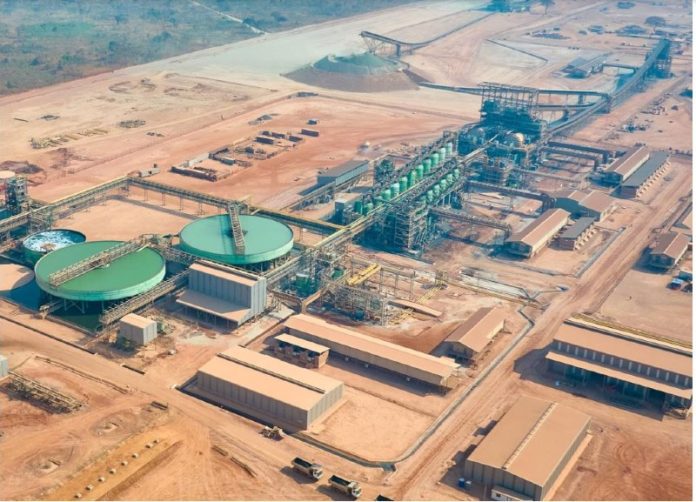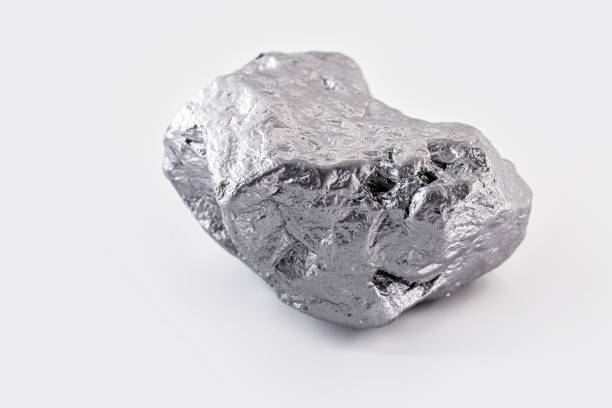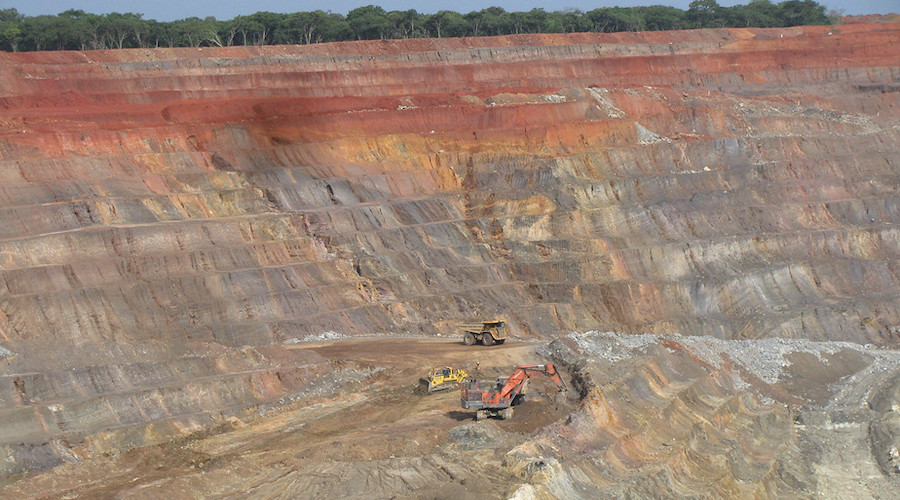Base Metals

Mining megadeals are poor fix for copper shortage

A rare consensus is emerging among mining executives: the world is heading for a severe copper deficit. The red metal is indispensable for electrifying the global economy, yet the industry is struggling to bridge the alarming gap between projected demand and stagnant supply. While Anglo American's recent $54 billion merger with Teck Resources appears to be a step toward a solution, it ultimately highlights the deep-rooted challenges preventing a sufficient supply response.
The Scale of the Impending Deficit
Current global copper production sits at nearly 23 million metric tons annually. While planned projects may lift this to 24 million tons by the late 2020s, the International Energy Agency (IEA) warns that output could then fall below 20 million tons by 2035 without new discoveries. This decline stands in stark contrast to soaring demand, which the IEA estimates could approach 33 million tons by 2035 due to the green energy transition. Even a projected increase in recycled copper will be insufficient to close this gap.
Compounding the long-term issue are immediate operational setbacks. Recent production halts at major sites in Indonesia, Panama, and the Democratic Republic of Congo have constrained near-term supply. Analysts at Citigroup predict global copper output growth will be negligible this year and only 1.3% in 2026—far below the 25-year average of over 2.5%.
Economic Incentives Stifled by Soaring Costs
In a typical market, rising prices would naturally incentivize new production. Copper prices have indeed surged, now 40% higher than three years ago and nearing record levels. However, pandemic-era inflation has pushed capital expenditure costs up even faster. The IEA notes that the cost of bringing new supply online in Latin America has increased by 65% since 2020.
There is little agreement on the exact cost, but estimates are daunting. Building a new mine can require an outlay of up to $30,000 per ton of annual production. For a standard-sized mine, this translates to a multi-billion dollar investment. Given these soaring costs, lengthy development timelines, and increasing permitting difficulties, mining bosses are understandably reluctant to commit to major new projects.
The Anglo-Teck Merger: A One-Off Efficiency, Not a Blueprint
The appeal of the Anglo-Teck merger lies in its clever circumvention of these barriers. By combining forces, Anglo is effectively acquiring substantial copper production capacity without the delay or risk of building new mines. The merged entity, Anglo Teck, plans to create 175,000 additional tons of annual copper production by 2030 by optimizing adjacent mines in Chile. The capital outlay for this extra capacity is remarkably low, working out to less than $11,000 per ton.
Despite its logic, this deal is an exception rather than a new trend. Its success hinges on a unique set of circumstances: the two companies operate unusually close mines, and Teck's depressed share price prior to the deal made it a timely acquisition. Furthermore, mergers do not guarantee a net increase in global supply; the new company may simply focus on its most profitable assets rather than expanding overall output.
The Inevitable Outcome: Higher Prices and a Painful Interim
With mergers proving difficult to replicate and new projects too costly, the path to sufficient copper supply remains blocked. Exploration budgets have dwindled, and major discoveries have become increasingly rare. This points to one likely outcome: spiraling prices. Bank of America analysts have already raised their forecasts, predicting prices could reach $13,500 per ton by 2027.
Such price surges may finally provide the incentive miners need to break ground on new projects. However, the crucial caveat is that any new supply would take years, if not decades, to come online. The rest of the world—from electric vehicle manufacturers to consumer electronics producers—will therefore have to endure a period of much higher material costs before the mining industry can truly solve the supply shortage.












